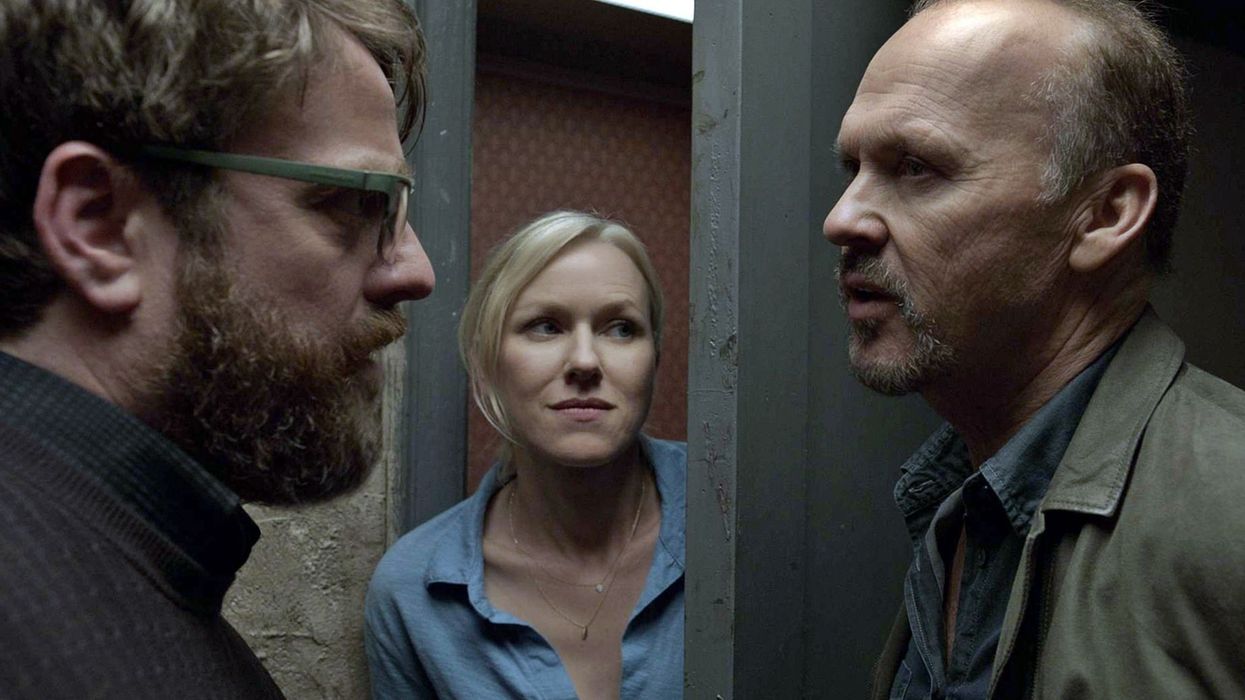Long Takes Are Awesome, But They Do Have Their Limitations
Long takes can be a thing of beauty, requiring masters in directing, cinematography, and editing to pull them off. But, even though the technique can be remarkable, they do have their limitations.

In this video by Jack Nugent of Now You See It, we get to explore the benefits and disadvantages of the long take, how they help and hinder the story they're being used to tell. Check out the video below:
One of the most famous and extreme modern uses of the long take appeared in Alfred Hitchcock's "single shot" film Rope, but even the Master of Suspense himself called his effort a stunt. This is because Hitchcock was a huge arbiter of the storytelling power of editing. Echoing the philosophy of the Soviet filmmakers who literally wrote the book on montage, Hitchcock understood how editing could be used to manipulate inspire an audience's response to what they were watching.
With long takes, editing isn't used as a storytelling device at all — not in an overt way, at least. We've seen, in films like The Revenant, Birdman, Children of Men, and Gravity (funny how all of these films were shot by Chivo Lubezki), how long takes can be used to overwhelm audiences with the kinesis of visual stimuli or immerse them completely into the diegesis. And let's not forget that many of these long takes do have edits, whether they're hidden or worked into the choreography of the cinematography.
However, I think Nugent is right in his assertion that long takes produce an effect that is unique and altogether different from shorter takes that have plenty of editing. This is because editing has a cinematic language all its own. The message being conveyed on screen can be changed based on the pacing, length, rhythm, of a montage, as well as the relationships between two separate shots cut side by side. If you cut out (pun not entirely intended) editing from a sequence and opt for a long take, it probably shouldn't be a stylistic choice, but one that is inspired by the needs of the narrative. In the end, that's what Nugent was trying to communicate.
Source: Now You See It











